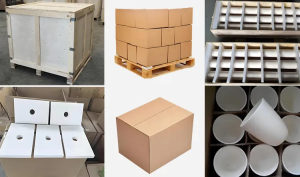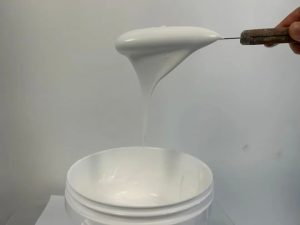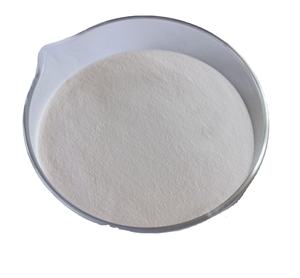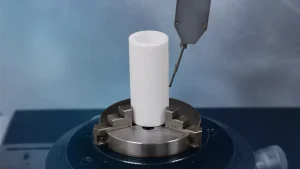Professional industry ceramic supplier, silicon nitride, silicon carbide, aluminum nitride and any other kinds of ceramics.
1. Introduction
Just 24 hours ago, researchers at Oak Ridge National Laboratory announced a breakthrough in molten salt reactor (MSR) fuel recycling—using custom-designed silicon carbide crucibles to safely contain and process highly corrosive fluoride salts at temperatures exceeding 800°C. This development highlights how silicon carbide crucibles are stepping far beyond traditional foundry use into next-generation energy systems.

Silicon carbide crucibles have long been valued for their ability to withstand extreme heat and resist chemical attack. But in today’s advanced industrial landscape, their role is evolving rapidly. From growing ultra-pure semiconductor crystals to enabling clean nuclear energy, these robust containers are quietly powering innovation in some of the most demanding scientific and engineering niches.
2. Semiconductor Crystal Growth
One of the most critical yet underappreciated uses of the silicon carbide crucible is in the production of silicon carbide (SiC) single crystals themselves—a key material for electric vehicle power electronics. During the physical vapor transport (PVT) method, raw SiC powder is heated to over 2,200°C in a sealed graphite chamber. A silicon carbide crucible serves as the inner liner, preventing contamination from graphite while maintaining structural integrity under intense thermal gradients.
Unlike alumina or zirconia crucibles, which can introduce oxygen impurities, high-purity silicon carbide crucibles ensure the resulting wafers meet the stringent electrical requirements of modern EV inverters and 5G infrastructure.
3. Nuclear Fuel Reprocessing
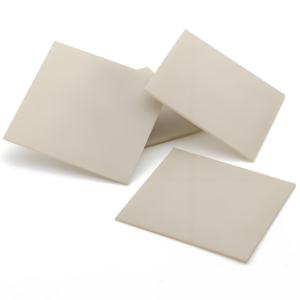
In advanced nuclear cycles, especially molten salt reactors, spent fuel must be reprocessed in chemically aggressive environments. Fluoride and chloride salts used in these systems rapidly degrade conventional ceramics—but not silicon carbide.
Recent pilot programs, including the one at Oak Ridge, rely on silicon carbide crucibles to handle uranium and thorium fluoride mixtures. Their near-zero porosity and resistance to neutron irradiation make them ideal for containing radioactive materials without leaching or cracking. This positions silicon carbide crucibles as essential components in the push toward safer, more sustainable nuclear energy.
4. Sintering Advanced Ceramics
Manufacturers of advanced ceramic components—like silicon nitride rings, boron carbide armor plates, or alumina-zirconia composites—often require sintering temperatures above 1,700°C in inert or vacuum atmospheres. Standard setters like rbsic silicon carbide tile blocks or silicon carbide ceramic columns are used as furnace furniture, but the crucibles themselves play a vital role.
For instance, when producing high purity silicon nitride powder market-grade materials, even trace contaminants from the container can ruin mechanical properties. Silicon carbide crucibles provide a chemically neutral environment, ensuring consistent densification and phase purity in final products like custom silicon nitride heat shields or silicon nitride ceramic bearings.
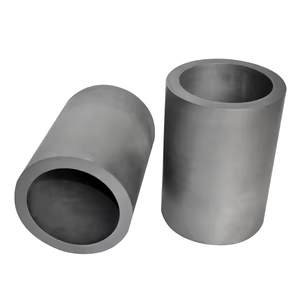
5. Rare Earth and Specialty Alloy Refining
The global shift toward green tech has spiked demand for rare earth elements (REEs) used in magnets, lasers, and phosphors. Refining these metals often involves reactive melts that attack most ceramics. Here, silicon carbide crucibles shine.
Compared to boron carbide vs silicon carbide debates in armor applications, silicon carbide offers better oxidation resistance and easier manufacturability for crucible forms. It’s now routinely used to melt neodymium-iron-boron alloys and purify scandium for aerospace alloys—processes where zirconia crucibles would fail due to reaction with molten REEs.
6. Laboratory-Scale High-Temperature Synthesis
Beyond industry, research labs depend on small-format silicon carbide crucibles for synthesizing novel materials. Whether developing silicon carbide ceramic baking dishes with enhanced thermal shock resistance or experimenting with silicon carbide piezo ceramic discs for sensors, scientists need containers that won’t interfere with reactions.
These crucibles also support the creation of exotic forms like silicon carbide porous ceramic tubes or silicon carbide thermocouple protection tubes—components that later serve in harsh industrial settings. Their reliability at micro-scale enables macro-scale innovation.
7. Conclusion
From powering tomorrow’s reactors to enabling faster EVs and cleaner energy, the silicon carbide crucible is far more than a simple melting pot. Its unique blend of thermal conductivity, chemical inertness, and mechanical strength makes it indispensable in niche, high-stakes applications where failure is not an option. As advanced ceramics manufacturing pushes further into extreme environments, expect this unassuming vessel to remain at the heart of progress.
Our Website founded on October 17, 2012, is a high-tech enterprise committed to the research and development, production, processing, sales and technical services of ceramic relative materials such as 5. Our products includes but not limited to Boron Carbide Ceramic Products, Boron Nitride Ceramic Products, Silicon Carbide Ceramic Products, Silicon Nitride Ceramic Products, Zirconium Dioxide Ceramic Products, etc. If you are interested, please feel free to contact us.


